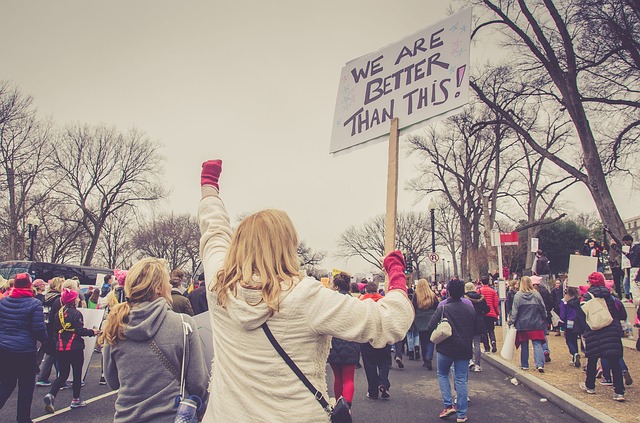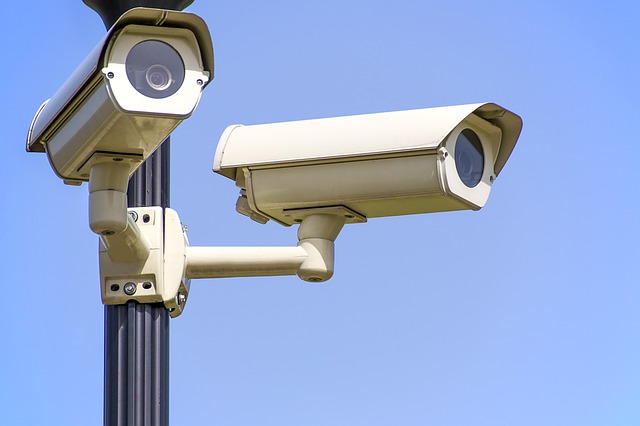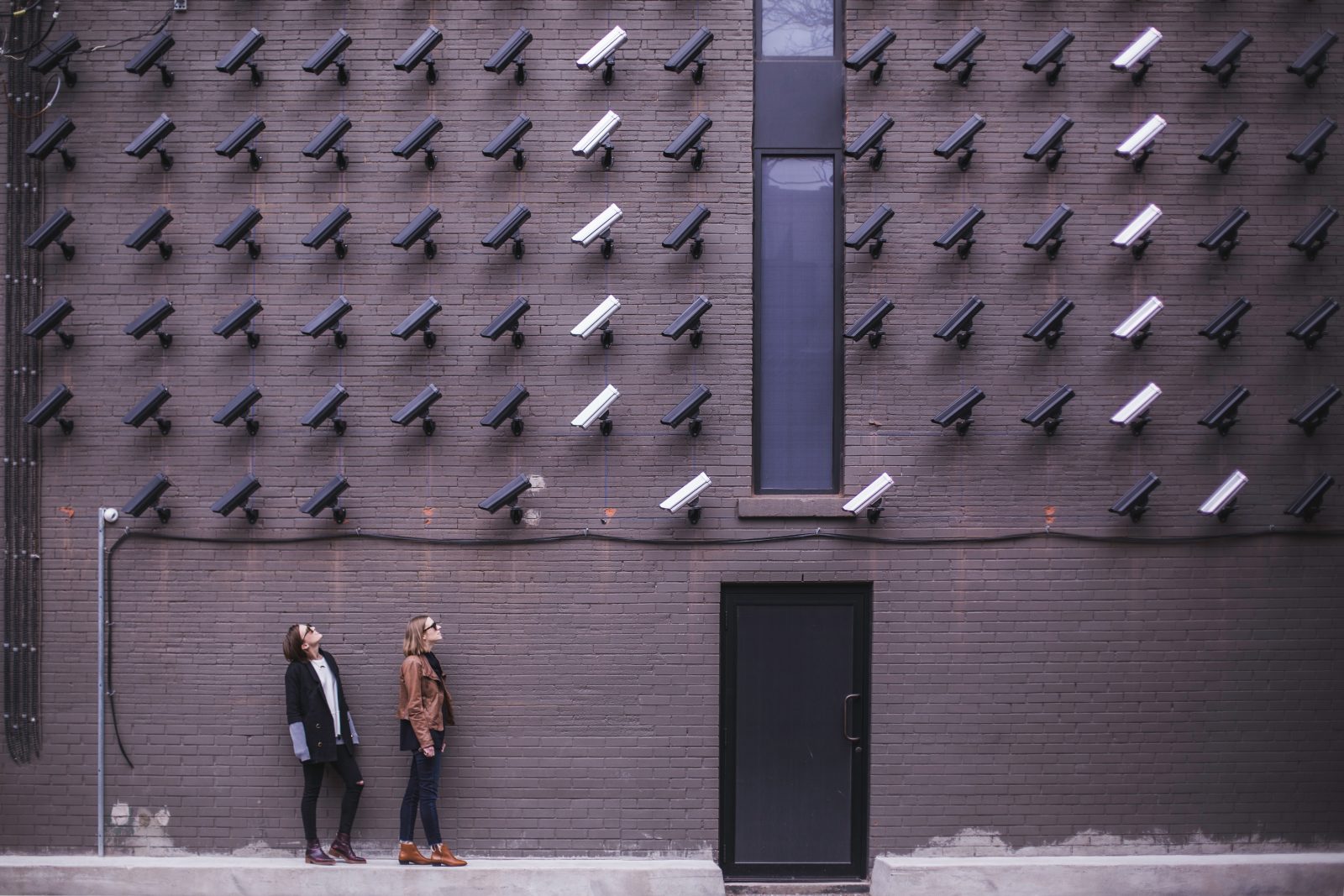Police forces are increasing the use of facial recognition surveillance at public events including protests, marches, football matches and carnivals. However, there are growing concerns that the controversial technology is violating human rights and its use is being called into question.
What is Facial Recognition Surveillance?
Image credit: Alex Radelich / Unsplash
Facial recognition surveillance works by mapping out people’s facial features and body measurements, and then by matching this biometric data to police databases and watchlists.
The data being captured is highly personal, so the use of facial recognition surveillance at protests, for example, is concerning.
The argument is that if using facial recognition cameras leaves protestors feeling intimidated, or creates a sense that they’re being watched or that their political activity is being monitored by the police, then this could put people off attending protests in the future.
This brings into question whether free speech rights, as outlined in Article 10 of the European Convention on Human Rights, are being infringed.
It’s also unclear which databases the police are using and how someone ends up on a watchlist in the first instance. In fact, the expanding use of facial recognition surveillance comes at a time when Baroness Jenny Jones says she was placed on a watchlist when she was sitting on a committee that was investigating the Met, raising questions as to how legitimate these police watchlists are, and whether they are open to abuse
For most people on police watchlists, however, it’s often impossible for them to know that they’re on one, and therefore cannot challenge whether they should be, given that the process is one which is shrouded in secrecy.
Threat to Privacy

Image via Pixabay / StockSnap
Under Data Protection laws, biometric data has a higher status because it’s seen as more ‘sensitive’ than other forms of information, and therefore needs greater protection.
However, a recent Home Office report into the government’s Biometric Strategy has revealed that the Data Protection Impact Assessments that are required by law have not yet been carried out.
Given the nature of the data collected, there is a high risk that the right to privacy is being violated. Under Article 8 of the Human Rights Convention, interferences with privacy can be lawful if they’re both necessary and proportionate.
A Freedom of Information request to South Wales Police reveals that innocent people were incorrectly matched to criminals nine out of ten times.
However, a Freedom of Information request made to South Wales Police reveals that innocent people were incorrectly matched to criminals nine out of ten times.
The high rates of inaccuracy raise questions as to whether facial recognition is a proportionate way of apprehending or monitoring criminals, given that most of the information gathered will be of no use to the police.
Are there Enough Safeguards?

Image via Pixabay / PhotoMIX
It’s important that a power as intrusive as facial recognition is regulated by the law and that there are enough safeguards in place to ensure that rights are protected.
Although both the Met and South Wales Police have justified their use of facial recognition as vital in the fight against crime, both police forces are facing a legal challenge which argues that the surveillance technology is unlawful.
The use of facial recognition has never been debated by parliament and its limits have not been set out in law
In fact, the use of facial recognition has never been debated by Parliament and its limits have not been set out in law. Without a statutory Code of Practice in place to ensure that facial recognition powers are used legitimately, there is a risk that abuses of power may take place where information is abused to serve illegitimate purposes.
Furthermore, Big Brother Watch, a privacy rights organisation, has alleged that those on police watchlists might include innocent and vulnerable people with mental health problems.
We're on BBC Tech Tent warning that – even if you're innocent – facial recognition surveillance could put you on a police database.
Stream the podcast here: https://t.co/hs6QT18tKx
Stop the Met Police using authoritarian #facialrecognition cameras: https://t.co/0DurhCWNTJ
— Big Brother Watch (@bbw1984) September 24, 2018
What can be done?
It’s vital that the human rights and ethical concerns of facial recognition are debated by parliament, and that a Code of Practice makes it clear when the technology can be used, how long information can be kept for and that powers go no further than is necessary to identify wanted criminals.
A further safeguard would be to have independent oversight by a commissioner who would scrutinise whether facial recognition was being used according to the new Code of Practice and existing Data Protection laws.
The Home Office report into biometric data promises more rights protection, but until these changes take place the use of facial recognition by the police is most likely unlawful.







